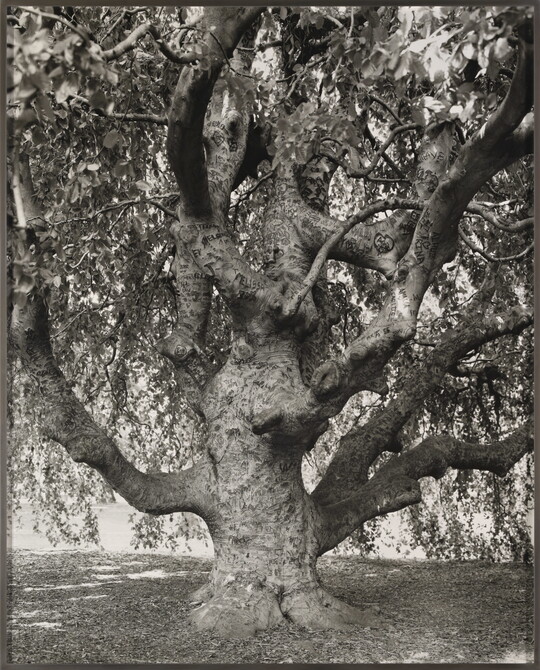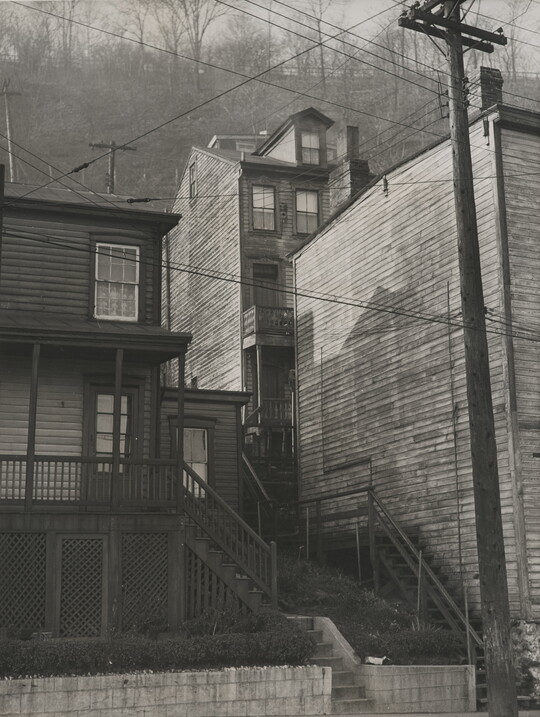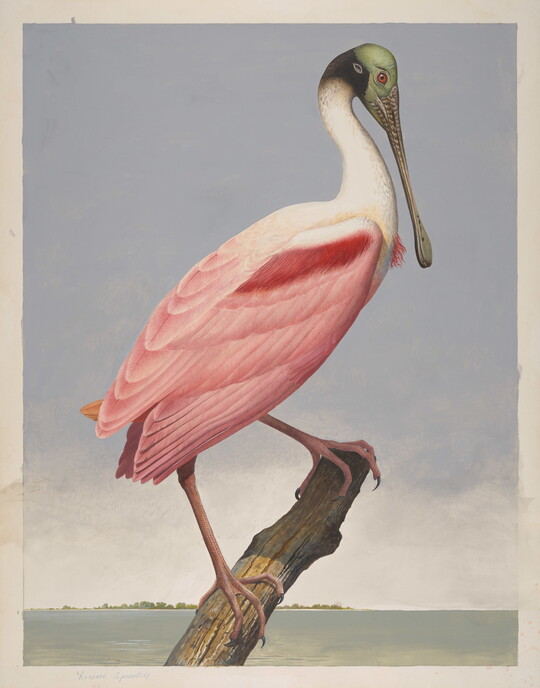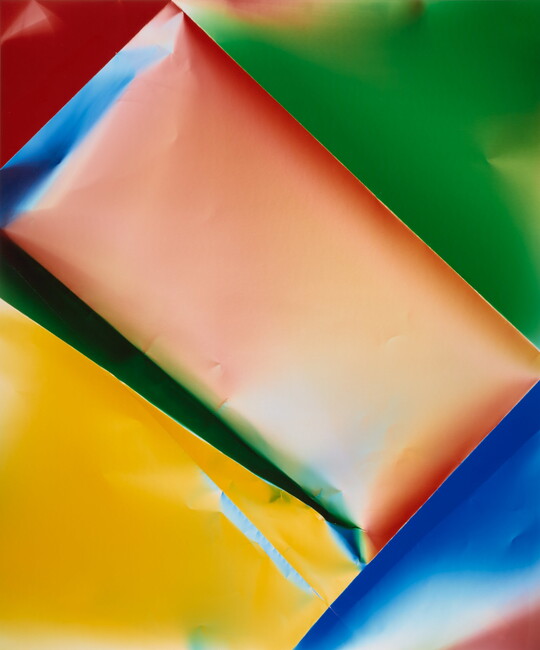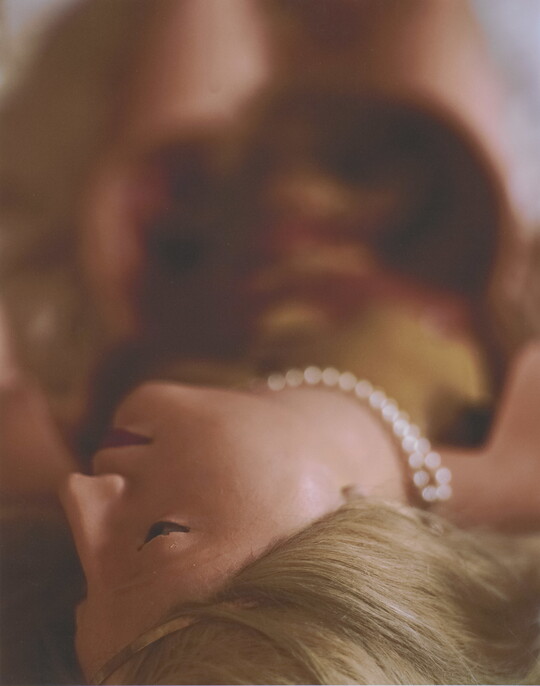


Artwork Images
Photo:
Controls
Mary Parker and Caela Cowan
Object Details
-
Date
2012
-
Object Type
Photographs
-
Medium
Inkjet prints
-
Edition
1/6
-
Credit Line
Amon Carter Museum of American Art, Fort Worth, Texas
-
Accession Number
P2015.119
-
Copyright
© 2013 Dawoud Bey
Object Description
On September 15, 1963, Ku Klux Klan members dynamited the 16th Street Baptist Church in Birmingham. Dozens were injured, and four young girls were killed: Addie Mae Collins (14), Denise McNair (11), Carole Robertson (14), and Cynthia Wesley (14). The horrific violence didn’t come as a surprise; it was the third bombing in the city in less than two weeks, a response by White supremacists to a federal order mandating integration of Alabama’s school system.
In The Birmingham Project, Bey memorializes the lives and deaths of these children in diptychs of Birmingham residents, one the age of a child killed and one the age each would have been had they lived. The poignant portraits emphasize the innocence of the murdered children and the decades of life taken from them, a reminder of the vast number of Black lives that have been cut short by racism in the U.S. over the centuries.
—Text taken from the Carter Handbook (2023)
Additional details
Location: Off view
See more by Dawoud Bey
Tags
-
What is the role of artists in helping to process local and national events?
Is there a difference between memorializing a traumatic event and processing it?
How do time and context change the way we think about historical events?
What roles can photography play in documenting lives and events?
-
Grades 4–12
Students will connect with an older person, either a family member or someone from their local or school community, who experienced an event that is of interest to the student. Encourage students to have a conversation with that person, informed by questions that they have prepared in advance. Students can create a recording or a transcript to document the conversation. Have students write a reflection about how their ideas about the event changed as a result of the conversation.
Share Educator Resources
Amon Carter Disclaimer
This information is published from the Carter's collection database. Updates and additions based on research and imaging activities are ongoing. The images, titles, and inscriptions are products of their time and are presented here as documentation, not as a reflection of the Carter’s values. If you have corrections or additional information about this object please email us to help us improve our records.
Every effort has been made to accurately determine the rights status of works and their images. Please email us if you have further information on the rights status of a work contrary or in addition to the information in our records.
Related Works
-
Weeping Beech, Brooklyn Botanic Garden, Brooklyn, 2011
Mitch Epstein
Gelatin silver print
P2012.13
-
Untitled (Pittsburgh Housing), 1930s
Manuel de Aumente
Gelatin silver print
P2009.11
-
Drawing No. 18, 1919
Georgia O'Keeffe
Charcoal on paper
1997.2
-
Roseate Spoonbill, ca. 1980-85
Scott Gentling, Stuart Gentling
Graphite, opaque and transparent watercolor on paper
2018.26
-
Tonto's Earthen House, 2013
Larry McNeil
Inkjet print
P2016.84
-
Ashkelon, 1994
Stephen Shore
Inkjet print
P2012.4.2.4.1
-
Zerogram, 2017
Ellen Carey
Dye coupler print
P2018.40
-
Wax Bodies, No. 108, 2007
Tanya Marcuse
Inkjet print
P2012.4.2.2.1
-
Running, West Fork near White Settlement Road, Trinity River, November 21, 2013, 2013
Terry Evans
Inkjet print
P2015.32.1


